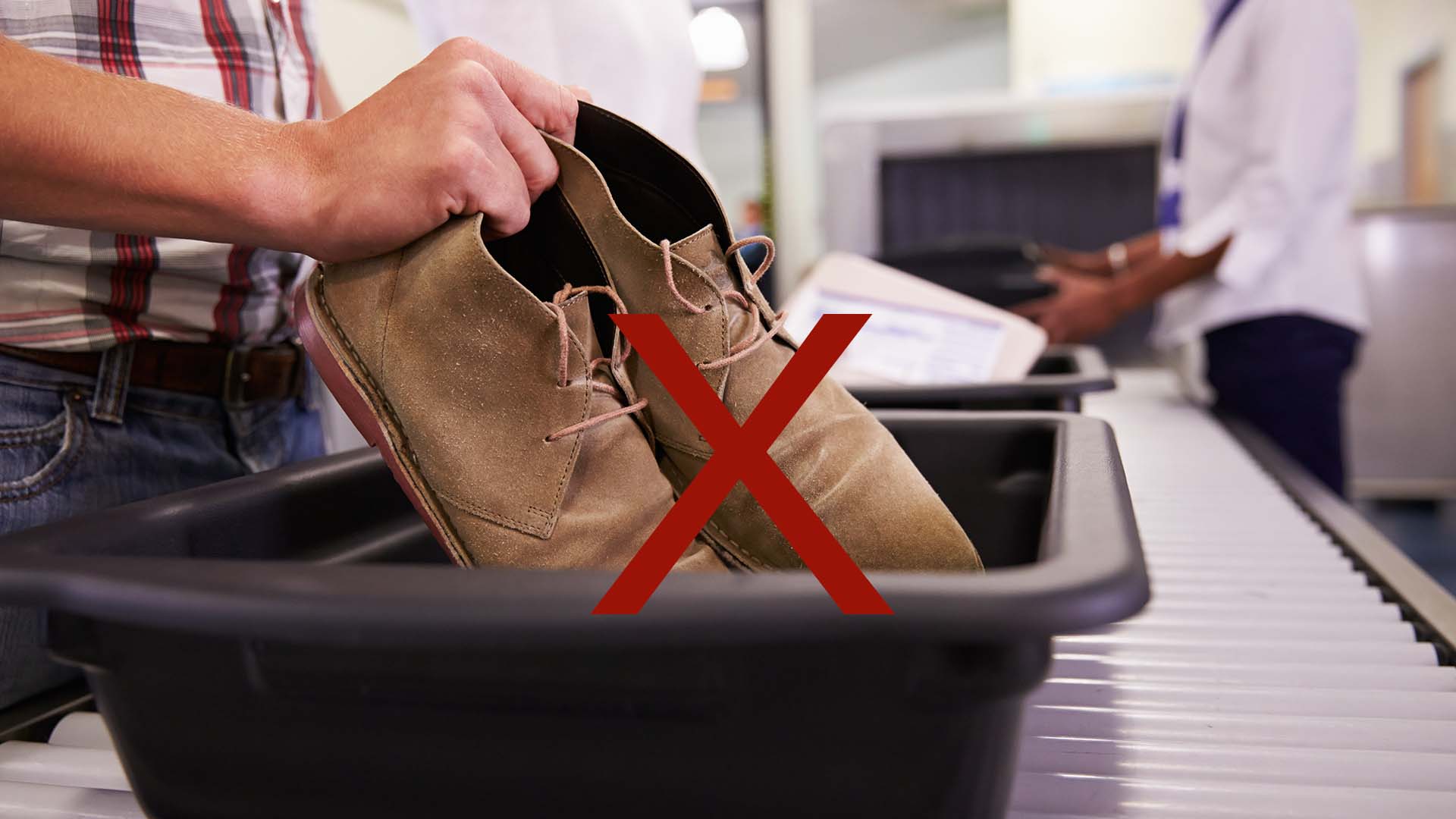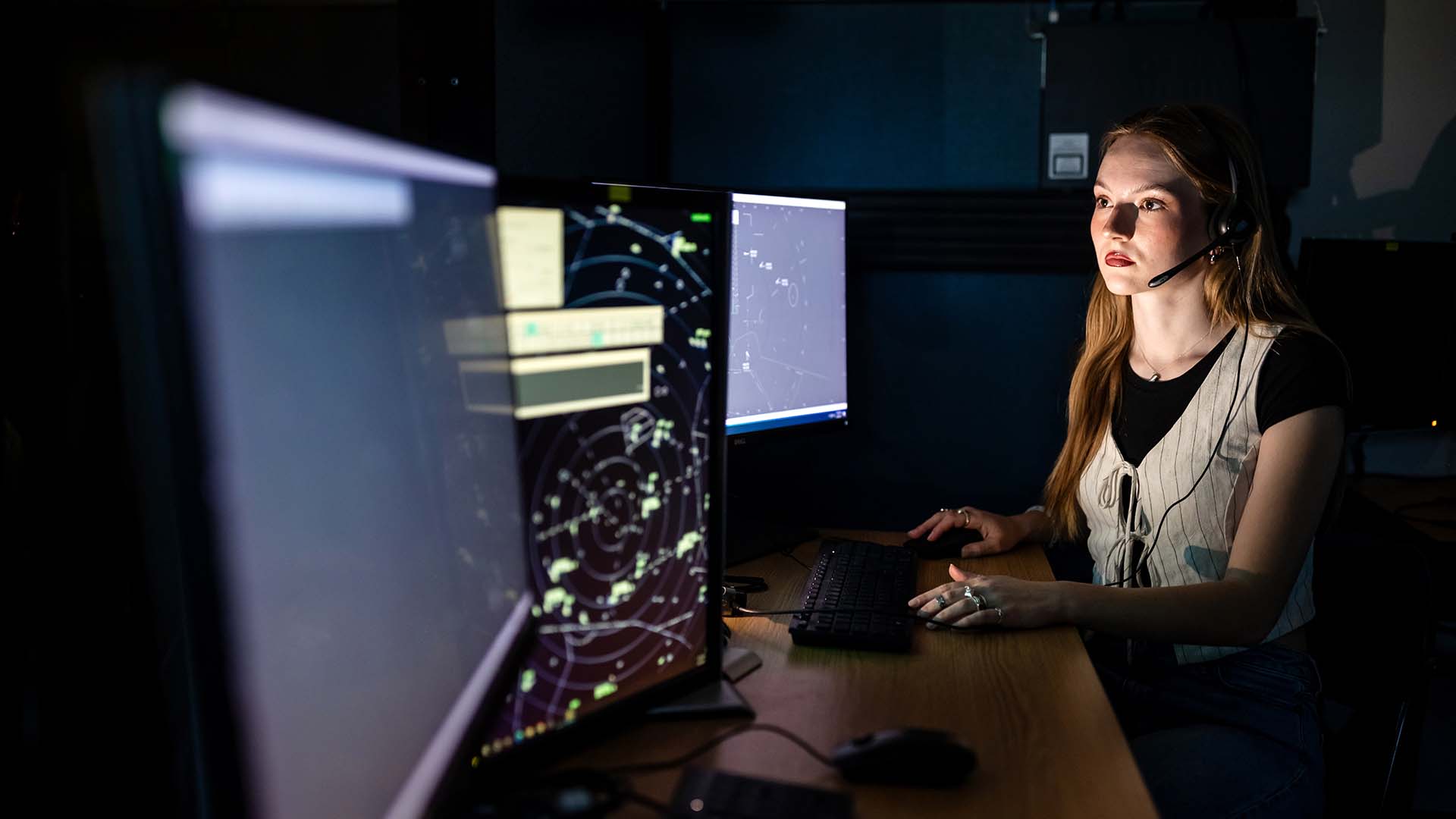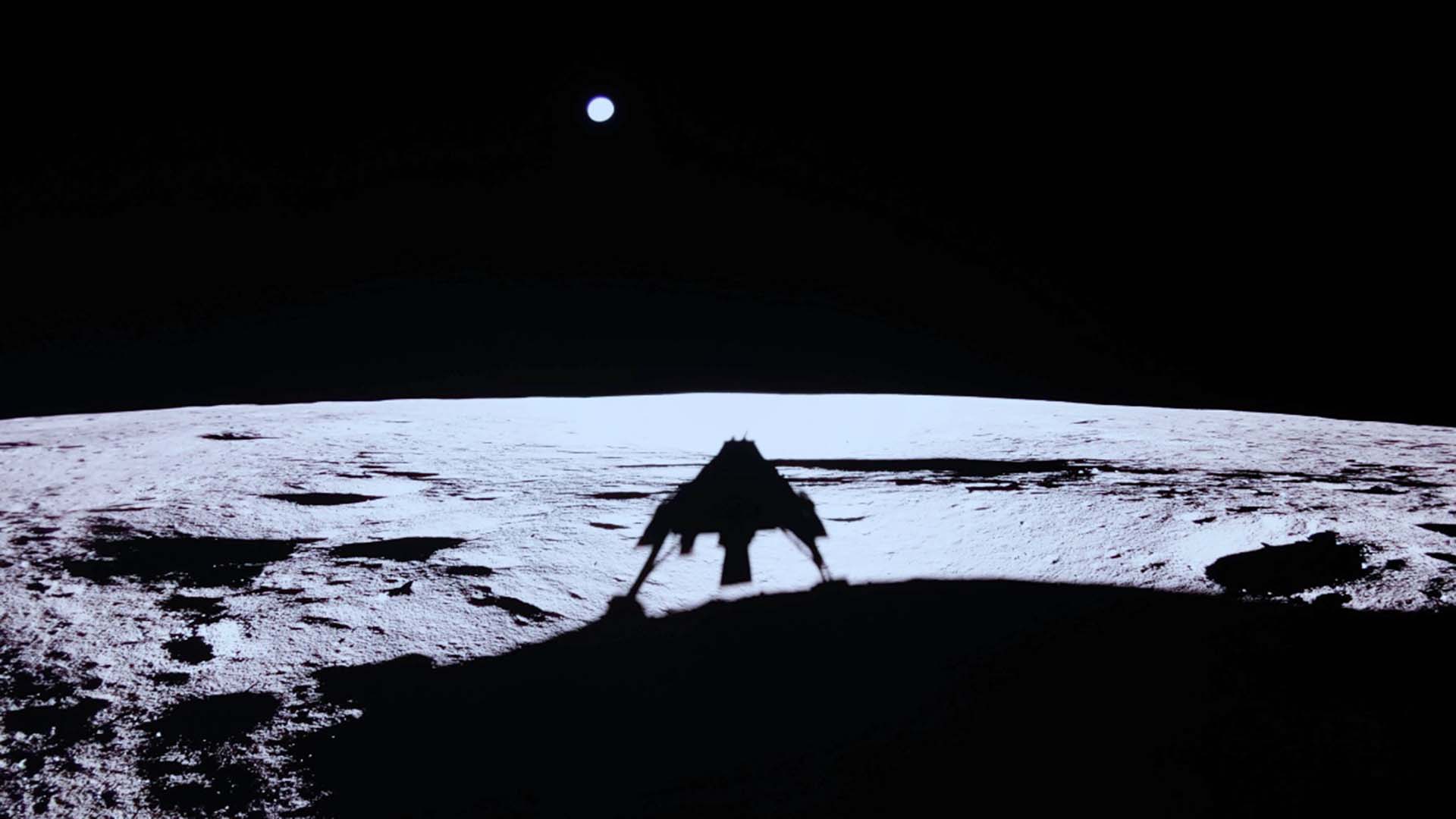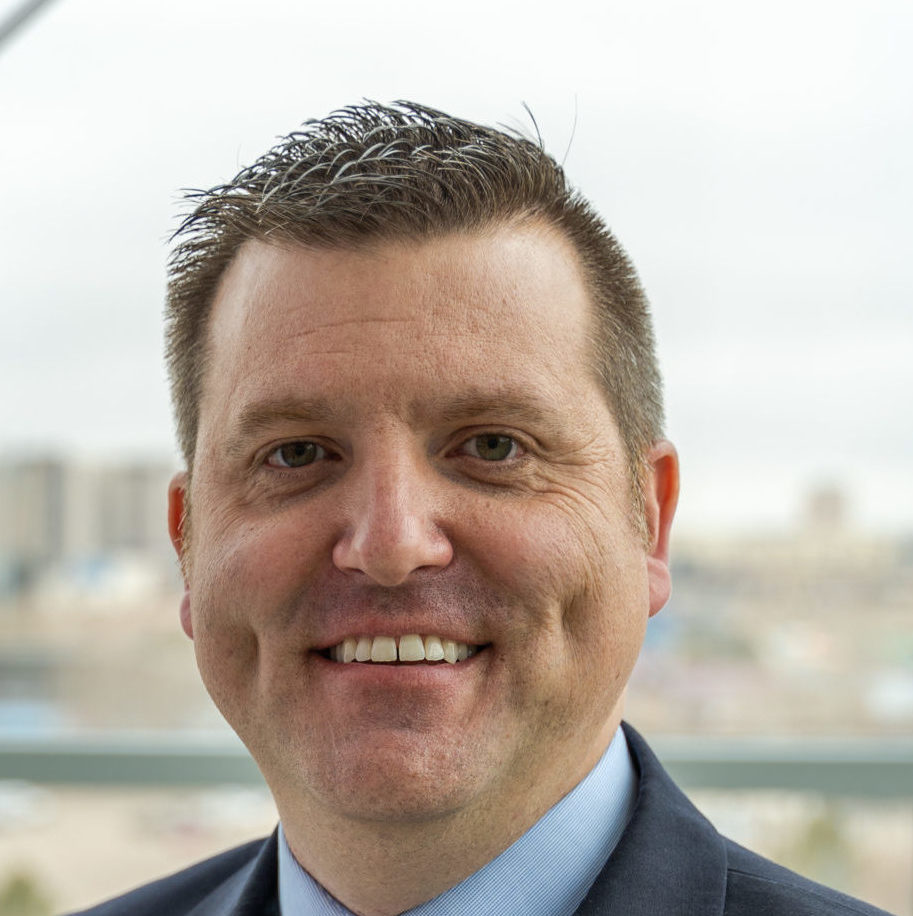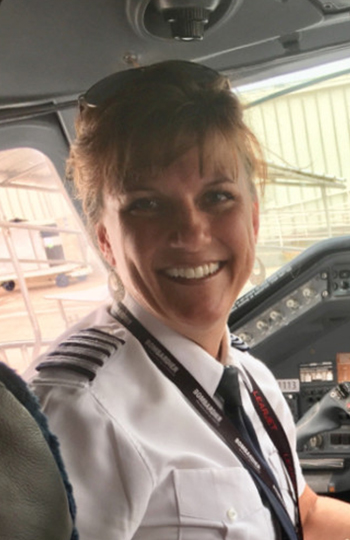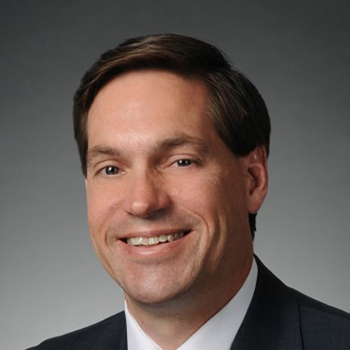Students contribute to next-generation satellite manufacturing and operation
York Space Systems opens headquarters at MSU Denver on March 20, giving students opportunities to launch into aerospace career orbit.
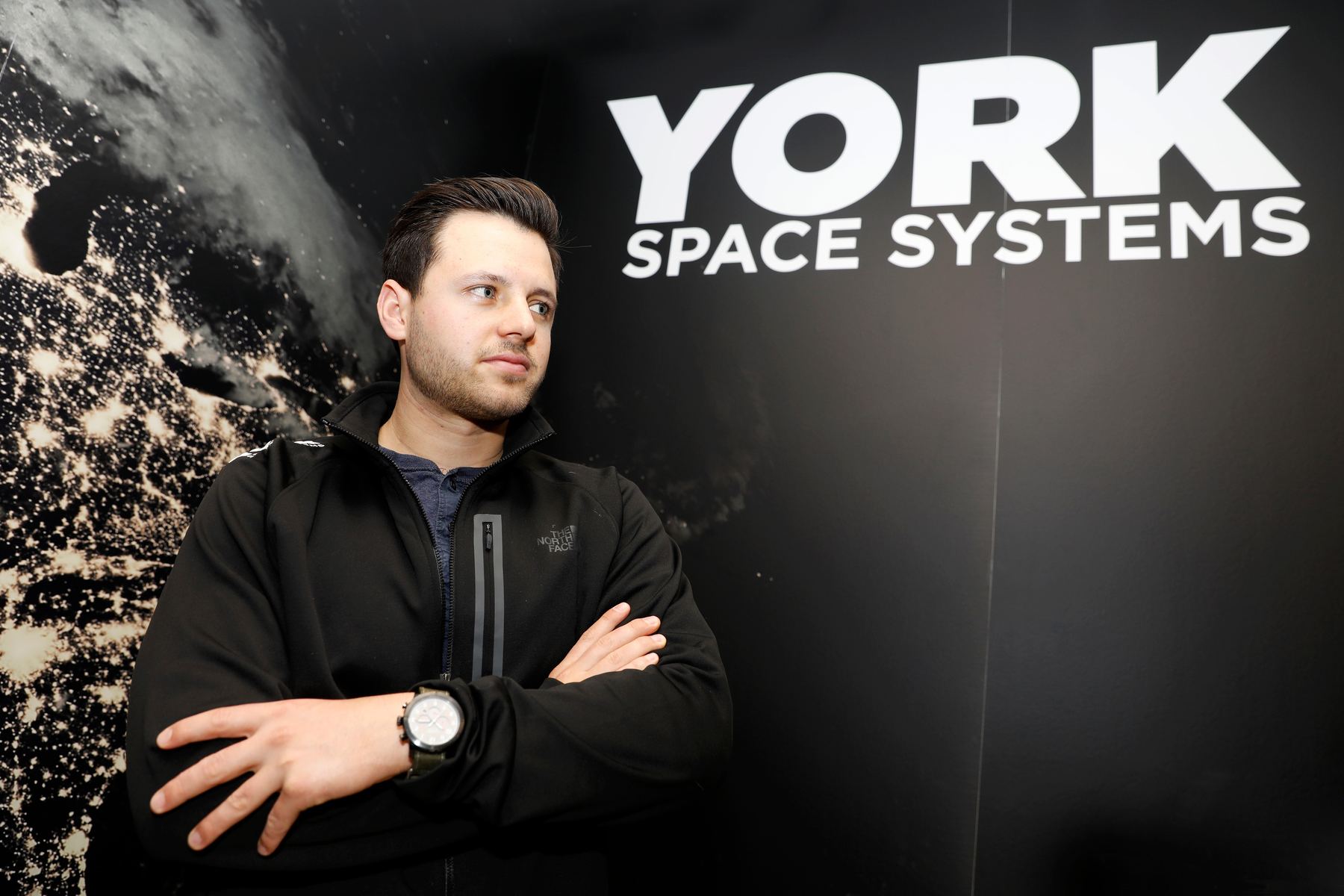
At this moment, satellites float through space, gathering information essential to our lives. Such data inform our weather forecasts and power the navigation on our phones. Soon, those satellites will be built at and operated from Metropolitan State University of Denver, thanks to a unique public-private partnership between the University and York Space Systems.
On March 20, York will cut the ribbon on its new headquarters in MSU Denver’s Aerospace and Engineering Sciences Building. York was the first of a number of tenant-partners to open for business on the University’s Public-Private Partnership Enterprise Floor. Companies that rent space on the floor agree to provide internships and other hands-on learning experiences for students.
The partnership has already paid dividends for Francisco Hansen. He graduated from MSU Denver in December with a degree in astrodynamics and aerospace operations, a pathway he created for himself through the University’s Individualized Degree Program and in concert with the Aviation and Aerospace Science Department. In his final semester, he served as an intern with York, which led to a full-time job offer shortly after graduation.

“Employers like York are not only looking for qualified candidates with hard skills; they need people who have entrepreneurial understanding of what it takes to succeed in operations large and small,” said Jeff Forrest, chair and professor of the Aviation and Aerospace Science Department, who encouraged Hansen to apply for the internship last fall and assisted in the development of his curriculum of study.
Among his many tasks, Hansen calculates satellite orbits, using geometry to extrapolate which part of the world can be seen from space at a given moment. With that information, he’ll be able to determine the ground stations that will most efficiently collect transmittable data. It’s his contribution to a companywide effort to launch a satellite that will revolutionize the aerospace industry, making data collection more accessible than ever.
“This is what I’m meant to be doing,” Hansen says. “My work is tied directly to the company’s first mission, to the first satellite we will put in space. Who wouldn’t want to be a part of that?”
Powering up a new satellite and a data revolution
Dirk Wallinger, co-founder and CEO of York, compares the state of the satellite-making industry to that of automobiles at the turn of the 20th century. The first cars were only for the wealthy, and each was customized according to the client’s specifications. But with Ford’s Model T, a standardized product that could be replicated, cars became available to more people.
York aims to do the same with satellites.
“The market demand in the commercial industry is really in analytics,” Wallinger says. “Right now, only 5 percent of potential data is actually being collected. York is going to change that by making satellites more accessible to companies so they can get the analytics they need at a lower cost point.”
Wallinger envisions satellite imaging being used to predict crop production in agriculture or to analyze parking patterns to predict a company’s quarterly earnings. The potential is limitless.

For now, York is in what Wallinger calls an “expansion phase.” The products have been established, and the technology has been verified by the government, but the company is testing and refining – in particular, its deployment platforms. Its first satellite launch is scheduled for November.
Among those helping to test different aspects of the latest prototype is Josiah Goodley, an intern studying mechanical engineering technology at MSU Denver. An Air Force veteran with several years of experience in advanced manufacturing, Goodley focuses on thermal analysis at York.
He works with engineers at the company to make sure the spacecraft doesn’t overheat or freeze while in orbit. So he needs to analyze how the heat from the internal components of the satellite interact with the radiation emitted from the sun. All of this is done in test simulations.
Goodley, who came back to school after several years in industry, called the internship a “dream come true” and is impressed by the experience.
“In this role, I am able to see how all of the interdisciplinary parts of engineering work together,” he says. “Such exposure is a rare experience for most college students.”
Goodley graduates in May, and while he is hopeful to land a full-time job at York, he also feels the program has set him up for a good job regardless of where he goes.

When companies and universities work together
MSU Denver’s Public-Private Partnership Enterprise Floor was created to get students experience in real-world careers, particularly in STEM fields such as aerospace.
York is one of four companies that have agreed to relocate or open facilities in the AES Building. The Colorado Advanced Manufacturing Association will run a teaching/learning center for member organizations on site. EyasSat, a small satellite-development company, and Ambient Energy, an engineering firm focused on sustainable design, have also signed agreements.
If MSU Denver President Janine Davidson, Ph.D., has it her way, Goodley and Hansen will be the first of many students to benefit from these innovative partnerships.
“We are focused on student success and workforce readiness,” Davidson says. “This is one of the unique ways that the University has devised to get students prepared for jobs while they’re still in school.”
Students aren’t the only beneficiaries.
“Interns really help us fill our needs and gaps,” Wallinger says. “We throw a lot at them to test their skill sets. We challenge them to move into areas that are new to them, and that gives us a good sense of their strengths and weaknesses. We are looking for great problem-solvers regardless of major.”

Wallinger adds that the company has also taken advantage of working with MSU Denver’s Advanced Manufacturing Sciences Institute and the cutting-edge resources available in the building. He says that recently York needed to test a part and was able to 3-D print one in a lab two stories below. He praised the workspace as a true “collaborative environment.”
For Davidson, partnerships such as these shine a light on the pioneering work happening at the University.
“How many universities can say their students are helping design, build and operate satellites on campus?” she says. “We’re proud to say that we can.”

